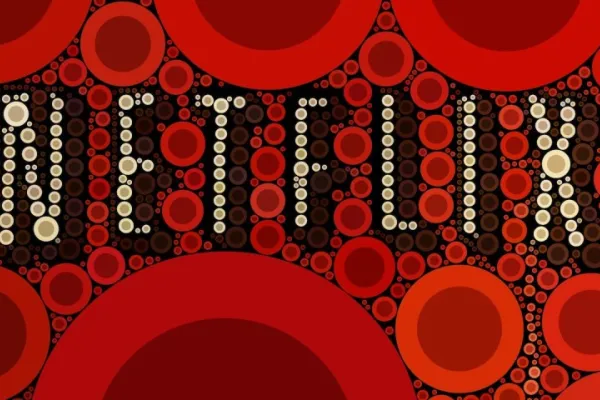 Details
Details
Although the phrase was still nearly a century away from being coined, radio advertisers were early adopters of native advertising.
Listeners heard early examples of native advertising flowing out of their Philcos in the 1920s. Companies that had already discovered newspaper advertising were looking for a way to reach more customers, and radio’s exploding popularity during its so-called ‘golden age’ made it the perfect target.
They would sponsor full programmes and their products would be mentioned organically by the presenters, ideally without deviating from the regular format of the show.
Golden years
During that golden age – from about 1930 to 1955, with the peak period coming in the 1940s – countless advertisers sponsored entire programmes.
‘The Eveready Hour’ on WEAF Radio in New York was the first commercially sponsored radio programme in the US. Debuting in 1923, the programme was sponsored by the National Carbon Company and plugged Eveready batteries via a variety show that featured everything from serious dramatic readings to banjo playing by host Wendell Hall.
An ad from the Saturday Evening Post in 1926 described ‘The Eveready Hour’ as “an adventure in broadcasting – an hour of connected entertainment, uninterrupted by the frequent injection of the name of the broadcaster.”
In the 1930s, brands started to sponsor sports broadcasts. In 1934, the Ford Motor Company paid $100,000 (over $1,500,000 today) to sponsor the radio broadcast of the baseball World Series. Broadcasting the series on the radio had previously been viewed as a public service.
Consumer goods giant Proctor and Gamble was among the early sponsors of branded serial dramas, leading to those types of shows being forever dubbed ‘soap operas’.
“A crummy commercial”
Whether it was Bing Crosby crooning on the Kraft Music Hall or the cast of the Lux Radio Theatre presenting hour-long versions of the latest Broadway sensations, native mentions were frequent and often worked, hopefully seamlessly, into the scripts of the shows.
The well-loved 1983 holiday film ‘A Christmas Story’ features a scene in which the young hero Ralphie gets a dose of 1940s-style native advertising.
After waiting for many weeks, he receives a Little Orphan Annie decoder pin in the mail. That evening, he is glued to the radio when Little Orphan Annie ends with a coded secret message that only those possessing the decoder pin can hope to decipher.
Ralphie works to decrypt the message, spinning the decoder frantically while scribbling down the corresponding letters only to find they read:
“Be sure to drink your Ovaltine.”
“Ovaltine?
A crummy commercial?
Son of a b_____.”
While the “crummy commercial” bit is a fun part of Jean Shepherd’s script for the film, it’s not quite fair. In reality, secret messages were often sneak previews of what was coming up in the next episode.
Real estate and weekend gardening
The rise of television was the death knell for radio’s golden years, and many native advertisers moved their content to the cathode ray tube.
The soaps moved over to the small screen and a plethora of shows like ‘Texaco Star Theatre’ featuring Milton Berle started grabbing up the native advertising dollars.
But radio continued to be, and continues today, to be a viable, albeit smaller, outpost of native advertising. The weekend schedules of full-service radio stations are still crammed with broadcasts like real estate programmes and garden shows offering up tips on how to buy a home and maintain the garden after you move in. These shows are usually sponsored by a local real estate office or gardening shop, and the hosts labour mightily to let listeners know that the company that purchased the airtime for the hour is there to help.
National Public Radio (NPR), which uses the underwriter model, uses a form of native advertising whenever it announces which company is sponsoring a particular program.
But who listens to the radio?
Even as native advertising continues to grow and evolve on the web, social media and beyond, radio remains a venerable part of the package.
With over 90 percent of adults in the US saying that they still listen to terrestrial radio – more than television, cable and even the web – the modulating airwaves are still very much a viable spot for native advertising.


